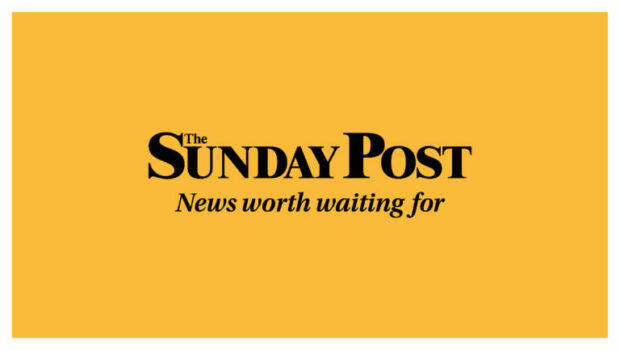
There were many questions left unanswered when Katie Allan took her life in Polmont.
Three and a half years later, as her family wait and wait for Scotland’s seized wheels of justice to grind out a Fatal Accident Inquiry, there are many, many more.
It is not only her family and friends who deserve answers but every one of us.
What, most fundamentally, was she doing in Polmont in the first place? A young woman, with no history of wrong-doing and of no risk to anyone, is sent to prison for a drink-driving offence?
It was undoubtedly serious; there was an accident, a teenager was hurt, thankfully not seriously, and she fled the scene. But did her actions really deserve a custodial sentence? Was there really no effective, more appropriate community sentence?
After the questionable sentence, the questions mount quickly; questions about the system; about her supervision; about the staff meant to protect her; about the warnings; and about how she died.
Every one of them deserve to be answered. They should have been long before now.
Bereaved families on what needs to change to stop prisoners dying needlessly in Scots jails
It was a terrible, needless loss, and her parents must be commended for refusing to stop asking those questions.
It must be hoped that one day they will get an answer from the Scottish Prison Service and the Scottish Government that sounds like more than warm words.
We hear the same hand-wringing cant whenever a prisoner, particularly a young prisoner, dies. In Scotland, that is dismayingly often.
In fairness, the most recent government-ordered review of how the SPS deals with deaths in custody did not gloss the challenges faced by the co-authors, who revealed difficulties in getting relevant paperwork from the prison service, never mind actually interviewing staff.
The authors, all expert in their fields, may have been far too diplomatic to call a spade a shovel but families who have lost loved ones behind bars instantly recognised the bureaucratic hoops they were asked to jump through, the prevarication, the obstruction, and what, to them, feels very much like concealment and cover-up.
However, for all its good intentions, considered conclusions, and potentially life-saving recommendations, those families fear, and who can possibly blame them, that this report, like all the preceding reports, will be sombrely discussed and provoke grave promises of reform before gathering dust on a shelf and, in a few years’ time, being used as a reference by the next co-authors of the next big review.
Scotland has one of the worst mortality rates in our prisons in western Europe. Like our drugs death toll, that is a straightforward disgrace in a country that likes to badge itself fair and progressive.
Disgraceful too, is our enthusiasm for locking people up for no good reason. That, of course, loops back to another disgrace; the lack of commitment or ministerial will to put in place proper, effective, resourced community justice systems capable of punishing offenders while helping them towards a new way of living.
Justice Secretary Keith Brown has shown he is as adept at making – and repeating – pledges and promises as all his predecessors. It is time he turns some of them into action.

Enjoy the convenience of having The Sunday Post delivered as a digital ePaper straight to your smartphone, tablet or computer.
Subscribe for only £5.49 a month and enjoy all the benefits of the printed paper as a digital replica.
Subscribe